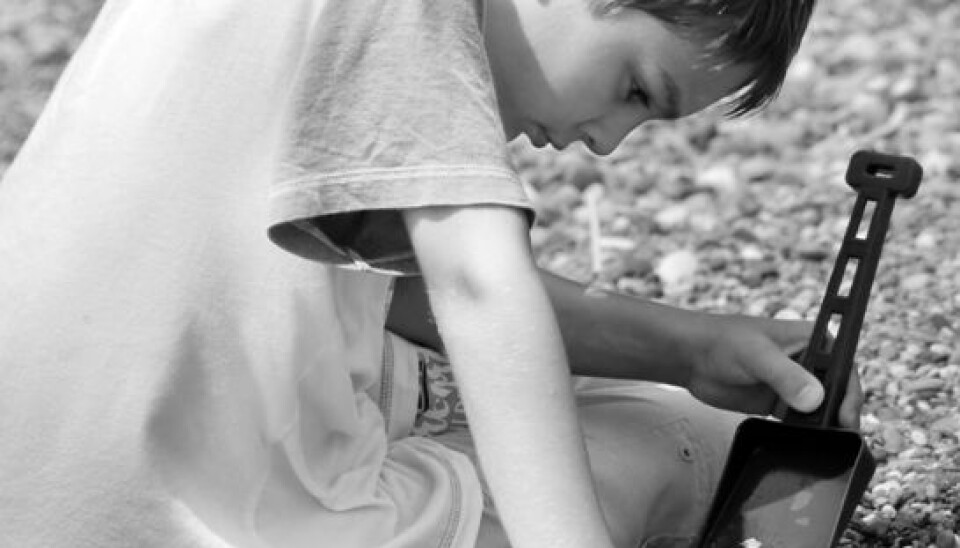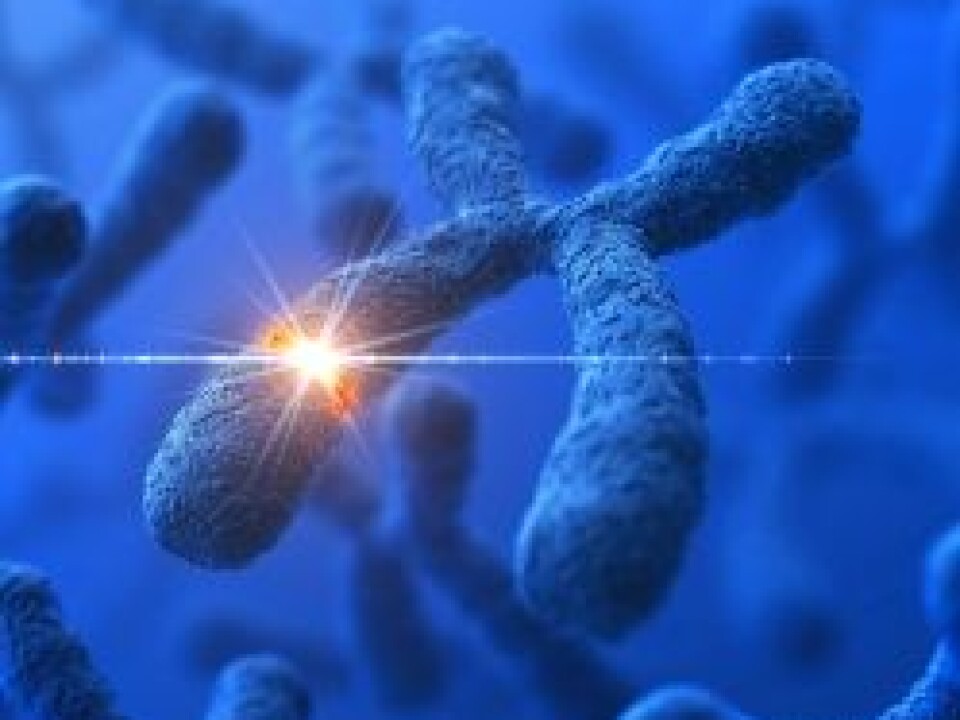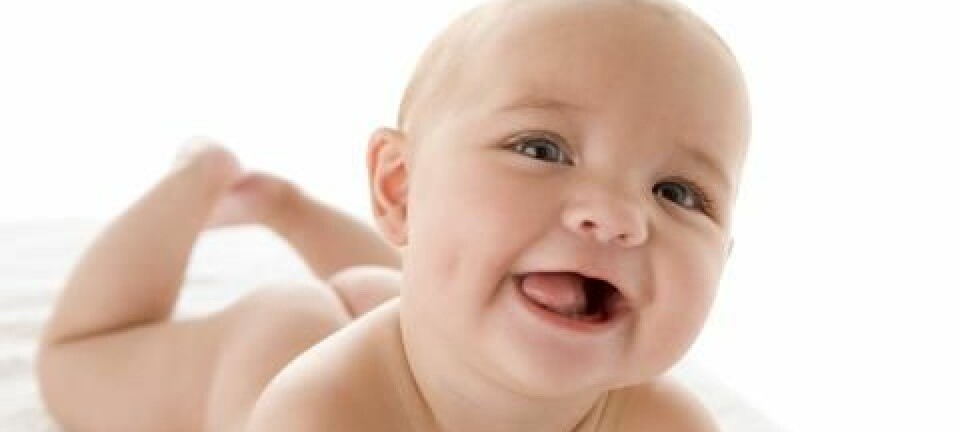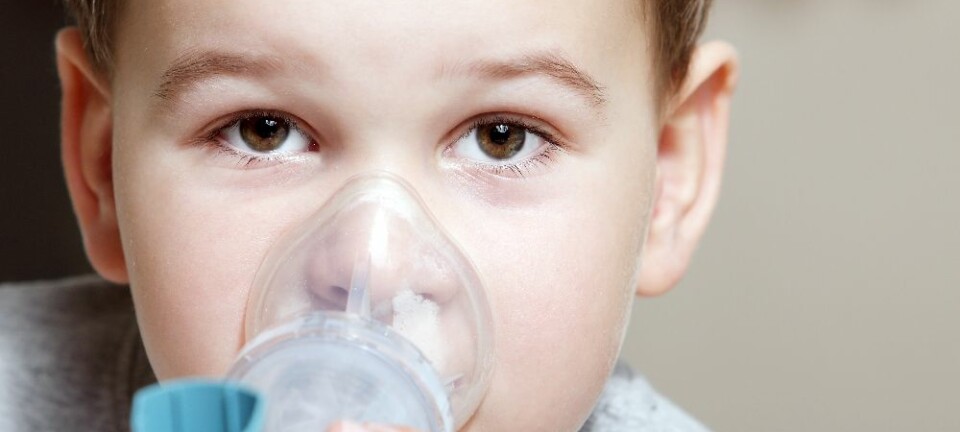
A farewell to Asperger’s syndrome
As of next year the diagnosis of autism types will be simplified and nobody will be diagnosed with Asperger’s.
Denne artikkelen er over ti år gammel og kan inneholde utdatert informasjon.
Sven Bölte, a professor of child and adolescent psychiatry, explained a revised game plan for diagnosing autism at a symposium at the Karolinska Institute in Stockholm this week.
He says in the fifth edition of the Diagnostic and Statistical Manual of Mental Disorders (DSM-5), to be published in 2013, the diagnosis of autism will be simplified. Currently there are three diagnoses.
"Autism, Asperger’s and so-called atypical autism, in other words a disorder in which only some of the classic symptoms are found. When DSM-5 is issued, these will be consolidated into a single diagnosis, autism spectrum disorders,” explains Bölte.
“This raises the threshold for the diagnosis – more will be required before a person is diagnosed as autistic.”
A collective category – more stringent criteria

Professor Jeremy Nicholson of the Imperial College London, a participant at the conference, said: “We know a lot about autism, but we don’t understand much. DSM-5 will help psychiatrists and psychologists in their efforts to reach the right diagnosis for patients they encounter on a daily basis.”
Norwegian health personnel use a different diagnostic system, supported by WHO, called the International Classification of Diseases (ICD). Nevertheless, DSM − which is a common standard in the USA − is used by Norwegian researchers.
When a revised edition of ICD comes out in 2015, it’s expected to be very much like the American DSM-5.
The new DSM will place autism in a broader general category of “neurodevelopmental disorders”, which means they link to some change in the brain that arose during childhood.

“As of now we’ve been looking at three separate areas for diagnosing autism: social skills, communicative skills and stereotypes – the latter meaning behaviour which is typical of autism," says Bölte.
Autistic people tend to behave in a readily recognisable way and they often exhibit special reactions to their environment. They have less contact with the world around them and generally find it difficult to relate to others about how they’re doing or what they’re feeling.
“These three areas will now be reduced to two, a social communicative portion and a stereotypical portion. To get the diagnosis, a patient will have to meet the minimum requirements for both,” explains Bölte.
New categories won’t hinder help
However, on a stage below ASD – autism spectrum disorders – other diagnoses will be available for describing children with special developmental problems or deviations that are less serious.
“A new diagnosis involves social communication deficits and stereotyped motor movement problems. If your child has just the one but not the other, a diagnosis can be made but it won’t be called autism,” says Bölte.
He doesn’t think the revised manual will make much difference for the afflicted children.
“This will be important for research but not for making clinical diagnoses because both entail somewhat different approaches,” he says.
“In a clinical diagnosis you always run strictly down the gamut of diagnostic criteria. The team evaluating the child knows there’s a problem here, pointing generally toward autism, and that the person needs help. The diagnosis is more of a tool for finding a way of helping the patient, rather than digging really deeply into the criteria listed in DSM-5.”
Better diagnosis, not more cases of autism
Autism is an expanding diagnosis: an increasing number of people are being classified either as autistic, with atypical autism or with Asperger’s syndrome. As of now the Norwegian Institute of Public Health calculates a prevalence of autism of about six cases per thousand in Norway. This is more than a ten-fold increase since the 1980s, when the estimate was 4.5 cases per 10,000.
This could be an argument for pulling in on the diagnostic reins.
Bölte doesn’t think autism is really becoming more widespread – which it could be if it were caused by pollution or diet or other external factors that have increased in recent years. He postulates that the change has been in diagnostic practice.
“The number of diagnoses here in Stockholm has been mounting for several decades but we’ve seen them level off in recent years at about 0.7 percent of the population. This is a fairly stable level. Everything points toward our having arrived at better diagnoses.”
Eight boys for every girl
In his lecture Bölte mentioned some characteristic traits of autism. Hardly any two individuals share the same symptoms and a host of other diagnoses are often linked to autism patients.
In fact, some 80 to 90 percent of people with autism also have some other major diagnosis, for instance epilepsy or anxiety.
Another special aspect of autism is that it afflicts more boys than girls. Hans Asperger, who worked with autistic children in the 1940s, thought the affliction which took his name was an extreme form of masculinity.
Among so-called highly functional autists, i.e. persons with both normal intelligence and autism, the unequal distribution between boys and girls can be eight-to-one.
“Various explanations have been tossed around, even though none with any certitude," explains Bölte. "One possibility is that the X-chromosome, of which girls have two while boys have only one, might guard against whatever is causing autistic disorders. Another theory is that the malady could be caused by an overdevelopment of testosterone.”
Autistic girls often have more complex types of the disorder than boys. If they get the diagnosis it tends to be pretty serious. Bölte thinks this is what you would expect if the X-chromosome is involved.
“Unfortunately we see very little research on the gender aspect of autism. But as girls often get a more complicated variety, it’s natural to consider that the X-chromosome could be involved,” says Bölte.
If the X-chromosome offers protection, it has to be a rather serious case before a girl, with her two X-chromosomes, crosses the threshold leading to symptoms.
A problem, or just a case of being different?
Some people with autism, but others too, now say that our way of thinking about the diagnosis is ripe for change. The idea is that autistic persons aren’t sick or disturbed − they are simply different.
The Swedish professor calls this neurodiversity. The notion is that a number of neurological development patterns exist and it’s not necessarily wrong to have one that’s further from the norm:
“Autism is thought to be just a variation of neurological diversity, just like being left-handed or homosexual is different,” he explains.
This is a parallel to the public debate in Norway regarding early pregnancy ultrasound tests for Down's syndrome. Should autism, and Down's, simply be viewed as a part of natural human diversity? What would be our loss if we implemented pharmaceutical solutions - or abortions - to prevent such diversity?
Bölte isn’t so sure a focus on neurodiversity is preferable:
“I’m rather divided on this issue. On the one hand it’s positive that people with autistic disturbances come out themselves and use this to promote their rights and gain all the attention they can,” he says.
“But most of them do have a functional disability, and that’s the problem, not the diagnosis per se. Many think this concept is so important that they sometimes overlook the fact that they really need help. That leads to problems if so much emphasis is given to neurodiversity that it hampers them from getting the assistance they could use.
“As long as they have this problem, it doesn’t matter much for me whether it’s called neurodiversity or autism," he concludes.
-------------------------------
Read this article in Norwegian at forskning.no
Translated by: Glenn Ostling

































